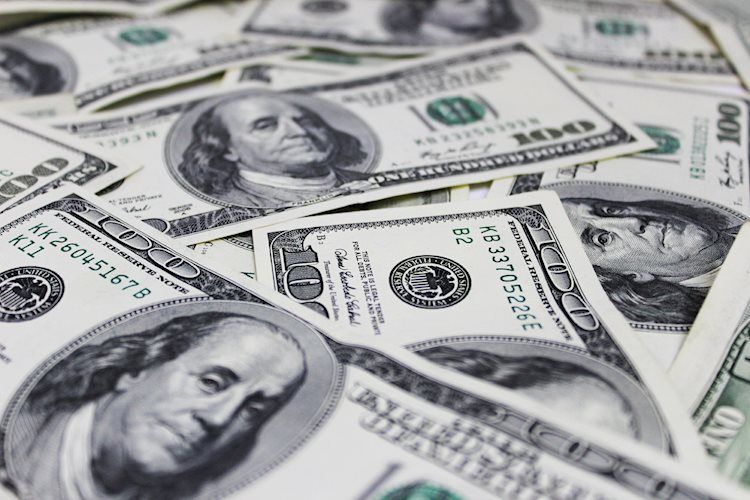The US Dollar Index (DXY) rebounded on Friday after the release of mixed August Nonfarm Payrolls (NFP) data. Despite uncertainties surrounding a potential 50 bps rate cut by the Federal Reserve in September, Fed officials are not yet fully embracing the idea. The market’s high expectations for aggressive monetary policy easing may be exaggerated as current economic growth rates surpass the long-term trend. However, a 25 bps rate cut seems inevitable.
Following the weaker-than-expected NFP report for August, the US Dollar remained steady, with 142,000 new jobs created compared to an anticipated 160,000. Although the Unemployment Rate fell to 4.2% as expected and Average Hourly Earnings rose 3.8% YoY, surpassing expectations, the market continues to price in a 40% chance of a 50 bps rate cut in September. Despite this, a 25 bps cut is now seen as more likely. Chicago Fed President Austan Goolsbee indicated that the Fed is starting to align with the market’s view on rate cuts, but downplayed discussions of a larger cut in September.
From a technical analysis standpoint, the DXY index remains bearish, with indicators demonstrating negative sentiment. A recovery above the 20-day SMA average around 101.60 could indicate a shift in sentiment. Key support levels include 101.30, 101.15, and 101.00, while resistances are at 101.60, 102.00, and 102.30. The outlook for the US Dollar remains uncertain as markets await further developments.
The US Dollar is the official currency of the United States and is widely used in several other countries alongside local currencies. It accounts for the majority of global foreign exchange turnover and has been the world’s reserve currency since the end of World War II. The value of the US Dollar is heavily influenced by monetary policy decisions made by the Federal Reserve, which aims to achieve price stability and full employment through interest rate adjustments. In extreme cases, the Fed may resort to quantitative easing (QE) to stimulate the economy, resulting in a weaker Dollar.
Quantitative easing (QE) involves the Fed printing more Dollars to buy US government bonds from financial institutions, increasing credit flow in the financial system during times of crisis. This non-standard policy measure was used during the Great Financial Crisis in 2008 to combat the credit crunch. On the other hand, quantitative tightening (QT) is the process where the Fed reduces its bond holdings and stops reinvesting maturing bonds, which can strengthen the US Dollar. Overall, the US Dollar’s value is highly responsive to changes in monetary policy and economic conditions, making it a key focus for global investors and traders.











